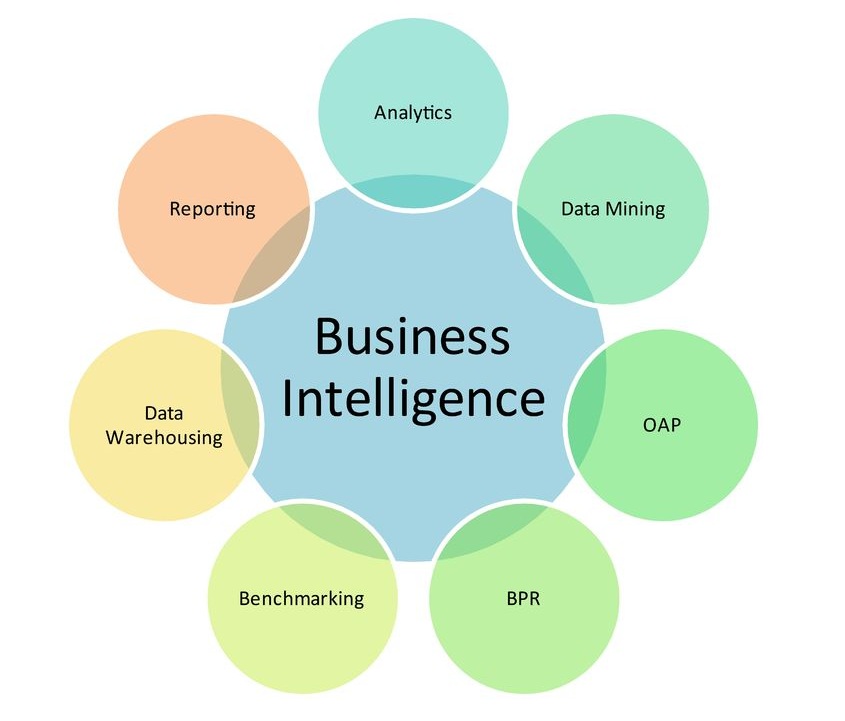
Many factors are constantly shaping and reshaping the structure of risk management today – including global geopolitical inconsistency, macroeconomic headwinds and increasing number of cyber activities – which is extensively damaging and recurring. All this is leading to elevated risk perceptions.
The nature of risks has changed over the years too, as well as the manner of addressing them. Today, to mitigate risk issues, technology plays a crucial role. Headwinds like global and Asian accelerating debt levels, lower projection of productivity growth, increasing levels of policy uncertainty and constant increase of US interest have created a lot of prominent macroeconomic challenges, especially in export-oriented Asian economies. Topping that, budding risks from technological advancements are on the rise, exposing industries to newer challenges like cybersecurity and data fraud.
As a result, the regulatory scenario of the world is also changing, especially after the global financial crisis. With a wide array of regulations introduced, the issue of risk management has started getting the desired prominence. These increasing regulations have compelled banks to accelerate their compliance activities, while giving increasing pressure on risk-management policymaking. The risk management teams now need to be constantly on a lookout for newer uncertainties – the key to address this concern remains productivity gains, but for that technology needs to be employed to the vast extent.
Hitting a technology dividend
Advanced data analytics, contemporary data and NLP coupled with process digitization offers new robust opportunities for effective market risk management. The technological opportunities can be realized throughout various key functions and levels, but it is the duty of the risk professionals to chalk out a more affordable and fruitful approach to address risk-related issues.
Check out these 3 principal levers to nab potential opportunities:
Data – Data is the new powerful combat weapon. Financial institutions consist of huge piles of data, where internal and external sources of data continuously pour in at an accelerating rate. Data, in every form – including transaction, social media, and other sources helps discover real-time customer insights and generate dividends thereafter.
Analytics – Nowadays, machine learning, NLP, advanced analytics and self-learning algorithms are widely available and at achievable prices. The best example to show how advanced analytics is boosting risk management is improving debt collection.
As per conventional debt repayment collection procedure, a lot many calls were asked to make, out of which very few turned out to be successful. But now, with advanced analytics, a set of high-end predictive models are developed to fire up decision-making process. After this, an improved insight about customers can be curated, which can further be developed with better prediction quality.
Processes – With digitization, one gets the opportunity to automate and design risk-monitoring processes to mitigate emerging risks. Nowadays, several financial institutions are implementing machine learning and transaction data to automate monitoring of conduct risk.
Subject to the extent of digitization, the change in factors for risk organization is proposed – in the beginning of digitization, one expects 15-20 percent efficiency gains, while a 60-70% improvement is to be expected in case of a fully digitized risk function, which is quite a show!
Do you want to know more about market risk modelling techniques? Drop by DexLab Analytics; being a one-stop-destination for Market Risk Modelling using SAS, it boasts of superior training and well-researched study materials.
Interested in a career in Data Analyst?
To learn more about Data Analyst with Advanced excel course – Enrol Now.
To learn more about Data Analyst with R Course – Enrol Now.
To learn more about Big Data Course – Enrol Now.
To learn more about Machine Learning Using Python and Spark – Enrol Now.
To learn more about Data Analyst with SAS Course – Enrol Now.
To learn more about Data Analyst with Apache Spark Course – Enrol Now.
To learn more about Data Analyst with Market Risk Analytics and Modelling Course – Enrol Now.












